Safe Bee Pesticides and non-toxic
cajunmo
17 years ago
Related Stories
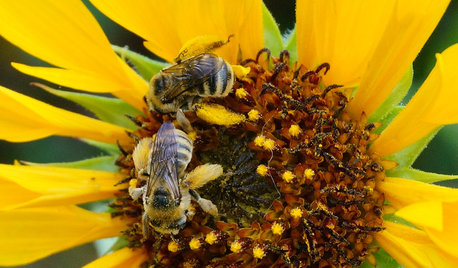
EARTH DAY12 Entertaining ‘Bee-haviors’ of Native Bees
The parade of pollinator antics is another reason to create a garden that nurtures native bees
Full Story
EARTH DAYHow to Design a Garden for Native Bees
Create a garden that not only looks beautiful but also nurtures native bees — and helps other wildlife in the process
Full Story
LIFEHow to Keep Your Pets Safe During the Holidays
To avoid an unwanted trip to the vet, be aware of these holiday-related hazards for dogs and cats
Full Story
GARDENING FOR BUTTERFLIESGardening for the Bees, and Why It’s a Good Thing
When you discover how hard bees work for our food supply, you may never garden without them in mind again
Full Story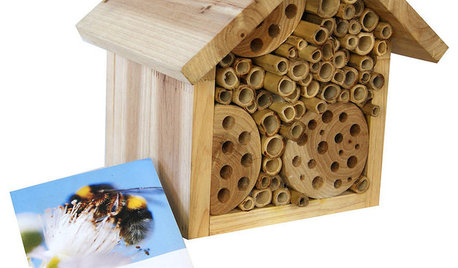
PRODUCT PICKSGuest Picks: 20 Ways to Play Garden Host to Birds and Bees
Perch some of these houses and feeders around your garden, and watch pollinators and feathered friends flock in
Full Story
HEALTHY HOMESleep Happier and Healthier in a Toxin-Free Bedroom
Light pollution, toxic bedding, wallpaper that off-gases ... if you're not getting good sleep, these bedroom blights might be to blame
Full Story
FARM YOUR YARDHello, Honey: Beekeeping Anywhere for Fun, Food and Good Deeds
We need pollinators, and they increasingly need us too. Here, why and how to be a bee friend
Full Story
GARDENING AND LANDSCAPING4 Good Ways to Get Rid of Mosquitos in Your Yard
Stay safe from West Nile virus and put an end to irksome itches with these tools and methods for a porch, patio or yard
Full Story
PETSPet-Proofing Your Home: A Room-by-Room Guide
Not all pet dangers are obvious. Keep furry friends safe and sound by handling all of these potential hazards
Full Story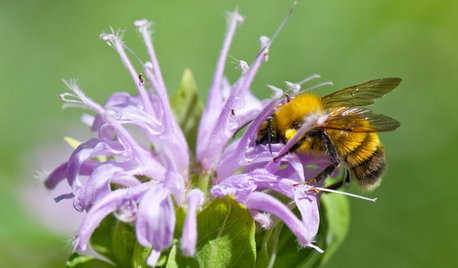
GARDENING GUIDESSupport Bumblebees by Providing Forage in 3 Seasons
Bumblebees are fascinating and fun to observe foraging in gardens. Find out how to create a buffet for these fuzzy, charismatic bees
Full Story





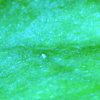

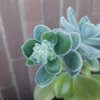
rhizo_1 (North AL) zone 7
Kimmsr
Related Professionals
Middle River Landscape Architects & Landscape Designers · Salisbury Landscape Architects & Landscape Designers · Tempe Landscape Contractors · Bedford Heights Landscape Contractors · Cambridge Landscape Contractors · Forest Hills Landscape Contractors · Fort Myers Landscape Contractors · Fort Payne Landscape Contractors · Fort Worth Landscape Contractors · Golden Landscape Contractors · Haverhill Landscape Contractors · Newberg Landscape Contractors · San Pedro Landscape Contractors · Southbury Landscape Contractors · Dent Stone, Pavers & Concretedavidandkasie
rhizo_1 (North AL) zone 7
rhizo_1 (North AL) zone 7
Kimmsr
cajunmoOriginal Author
cajunmoOriginal Author
ronalawn82
cajunmoOriginal Author
rhizo_1 (North AL) zone 7
cajunmoOriginal Author
ronalawn82
rhizo_1 (North AL) zone 7
davidandkasie
ronalawn82
rhizo_1 (North AL) zone 7
ronalawn82
ontariohoneybee
hunter_tx
fungus_among_us